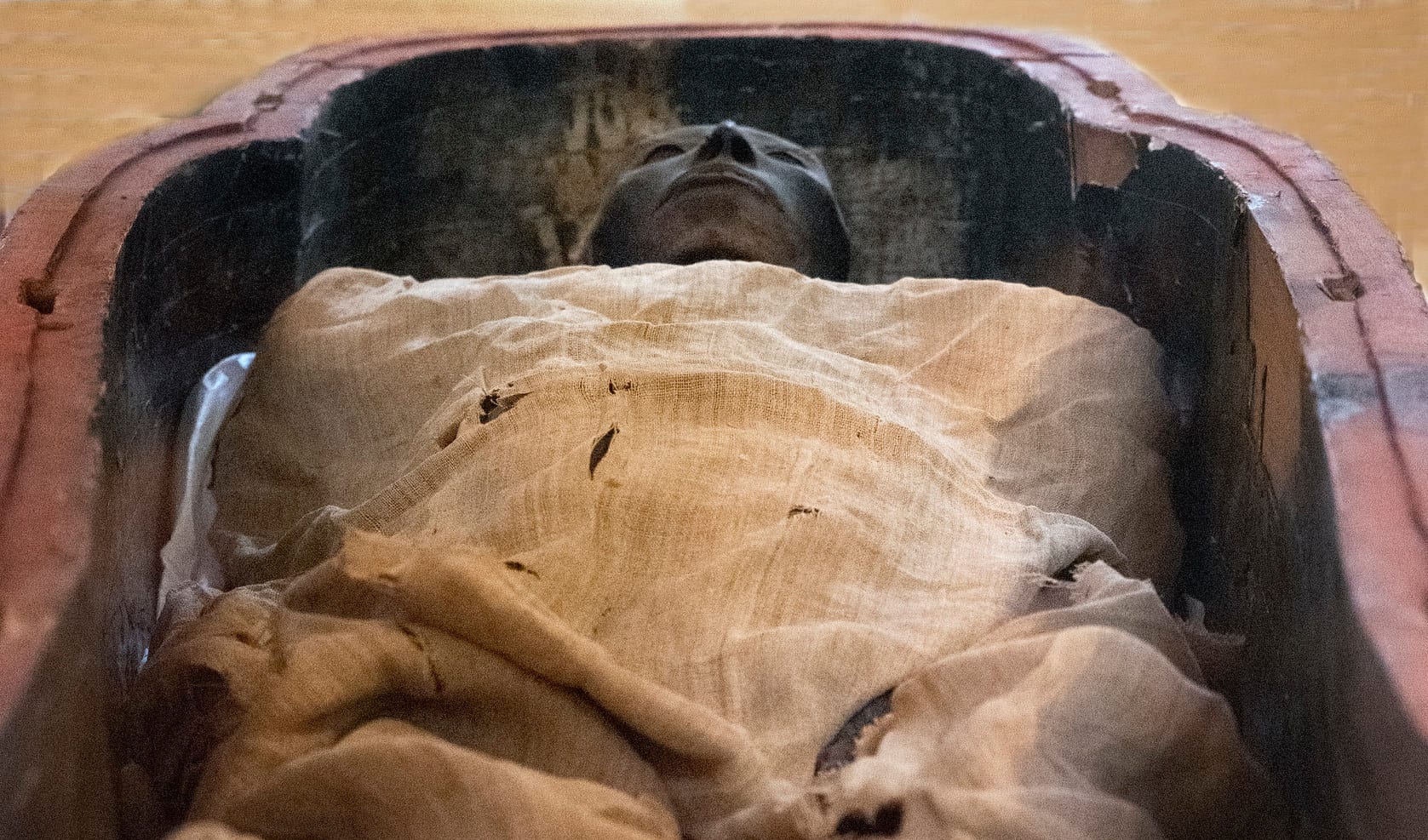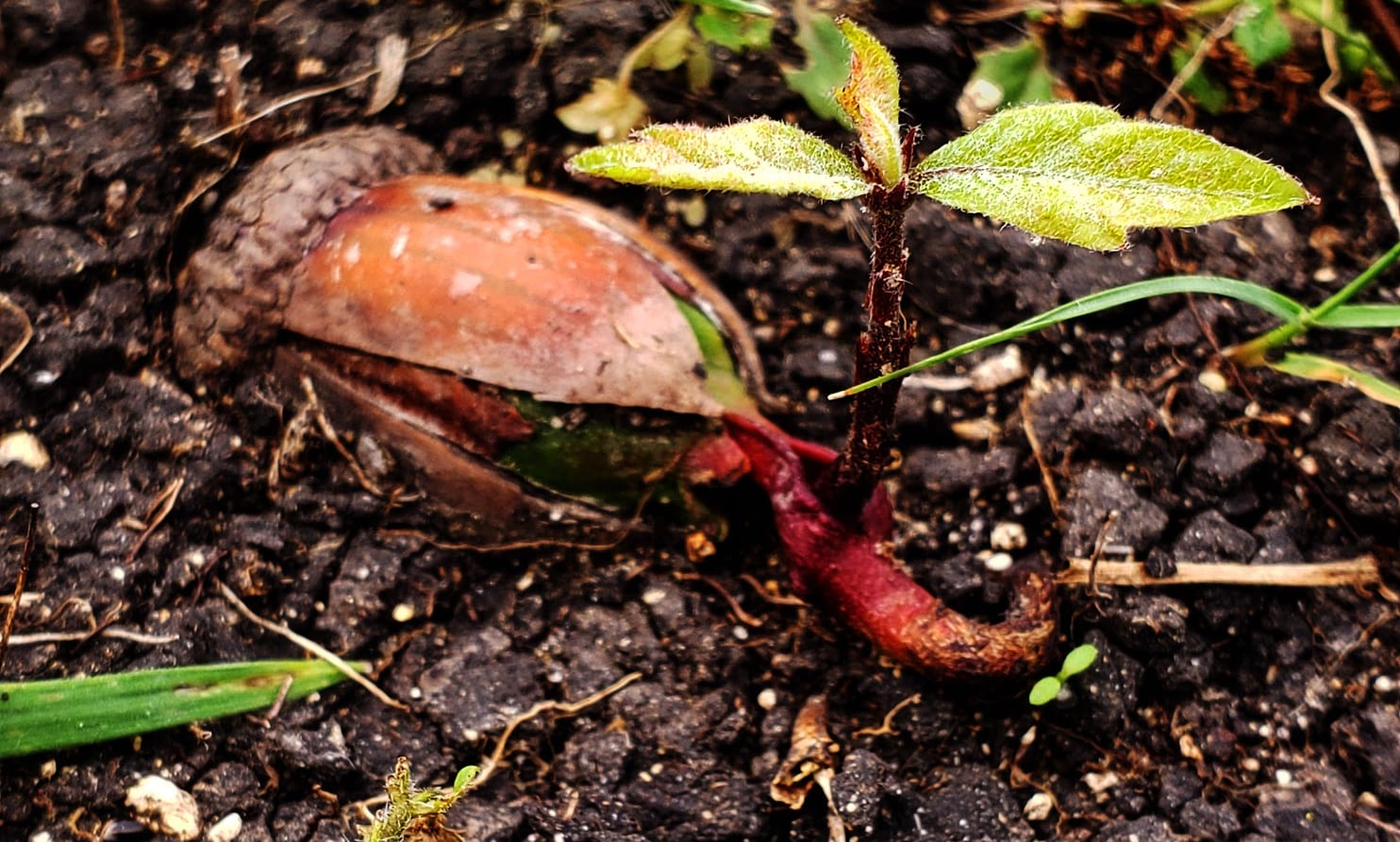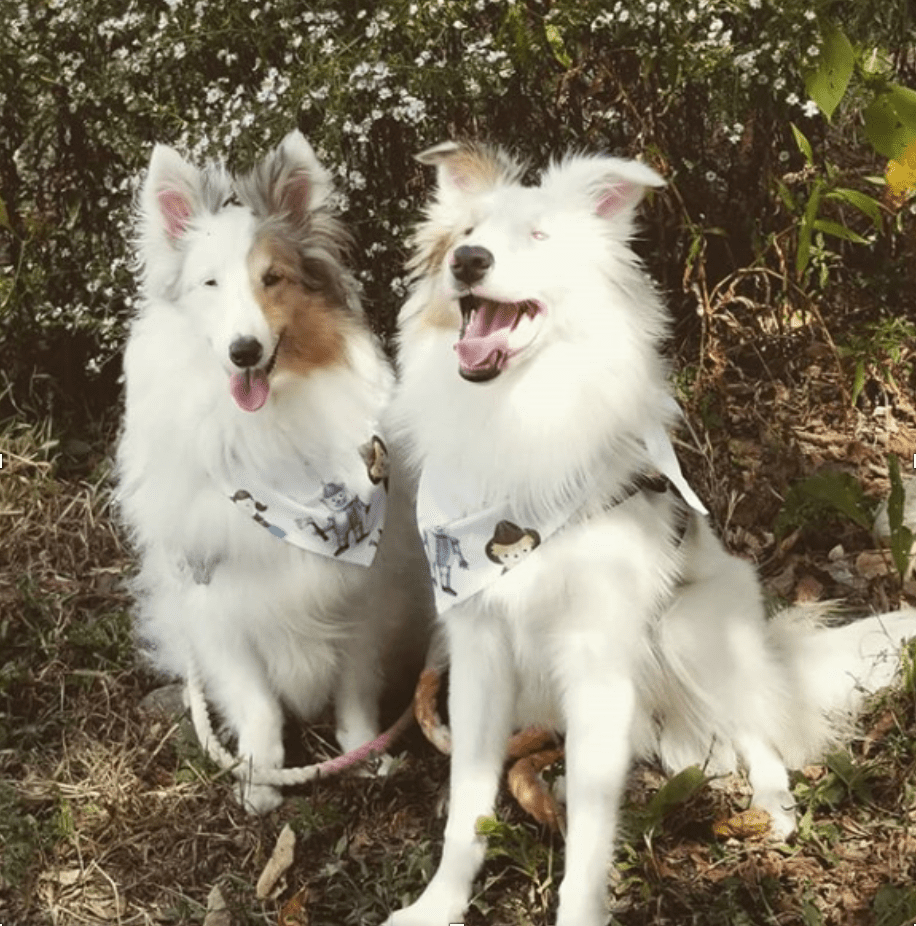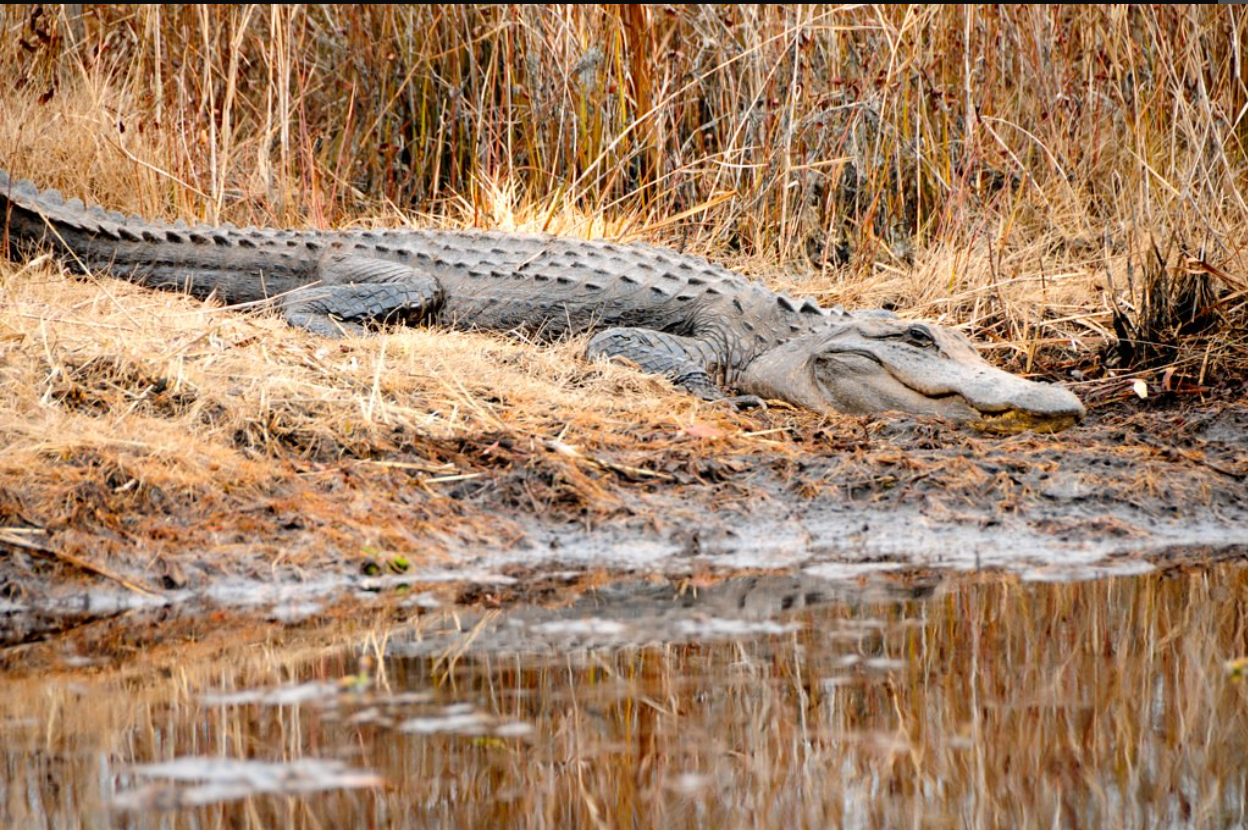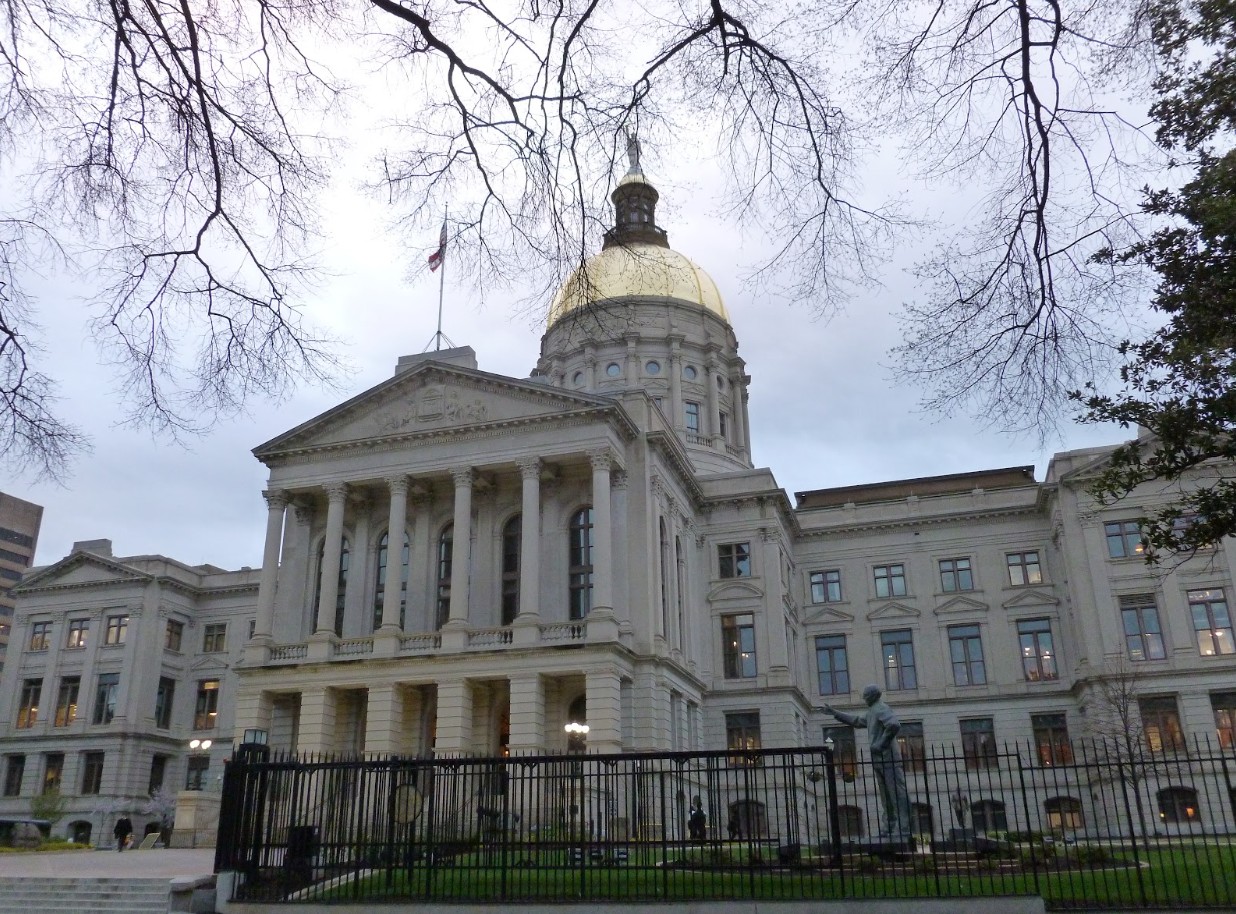“When you turned off Chestnut Grove Road towards the school, you went up another little road, and there were chestnut trees all up that road,†then 87-year-old Margaret Miller tells me while we sit sipping ice tea at her formica kitchen table in Meat Camp, North Carolina.
“In the fall, if you got along first after a windy night, the road'd just be covered in them. There's a little store, end of the road up there, and you could bring the chestnuts down there and sell them for pencils or candy, or they'd buy them…. They was in burrs. You know, they was in a big burr. They'd open up when they got ripe. On a windy night, they'd really pepper down.â€
![American chestnut leaves and nuts [Wikipedia commons]](https://www.athensscienceobserver.com/wp-content/uploads/2016/06/image01.jpg?w=470)
According to the American Chestnut Foundation, for approximately 1,500 years before the turn of the 20th century, the American Chestnut, Castanea dentata, made up nearly 25% of all hardwood trees in eastern North America. Spanning up to six feet across and 120 feet high, the American Chestnut not only provided food and shelter to a variety of mammals and birds, but the lightweight and straight-grained wood proved useful for constructing houses and barns as well as railroad ties and telegraph poles.
![American Chestnut, Mitchell County, North Carolina, 1914. Photograph supplied by the United States Forest Service. [Public domain: Arthur H. Graves: The future of the chestnut tree in North America. The Popular science monthly, Volume 84, p561. New York, Popular Science Pub. Co., June 1914. Online: archive.org.]](https://www.athensscienceobserver.com/wp-content/uploads/2016/06/image03.jpg?w=174)
The Japanese Chestnut had evolved a resistance to the fungus. However the chestnut blight was a new threat for the American Chestnut, and it was gravely susceptible. The chestnut blight nearly obliterated the towering species in less than five decades.
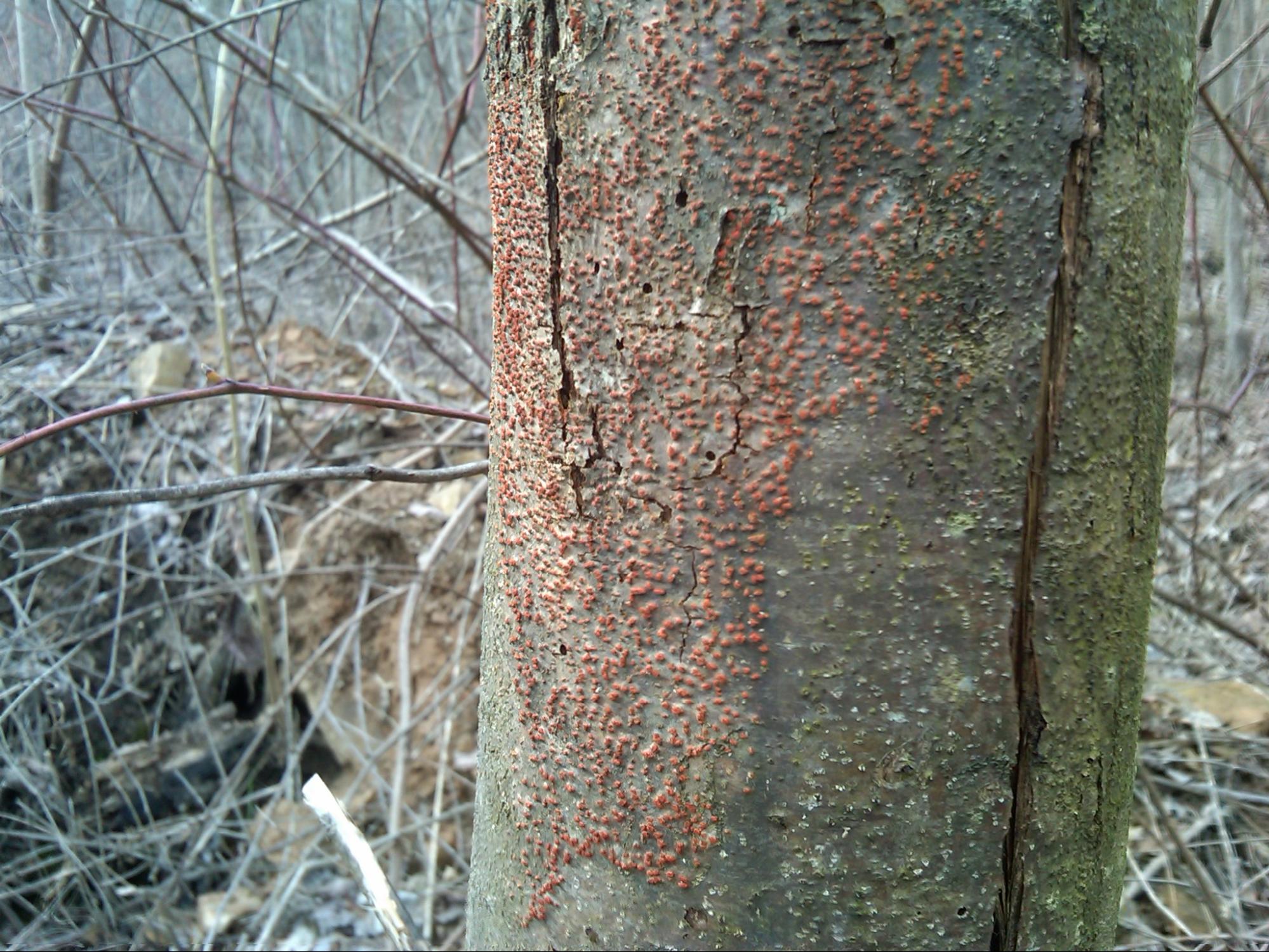
Date, 18 February 2012, Claudette Hoffman.
A New York Zoological Park forester first reported the chestnut blight in 1904 after noticing an unusual number of dead and dying chestnuts in the park. By the end of the next decade all the chestnut trees in New York City had died and the blight had advanced into 10 surrounding states. Though scientists desperately tried to combat the disease through a combination of monitoring, spraying, and burning, the blight continued to spread south at a rate of almost 50 miles a year, aided by lumbermen who transmitted the blight via contaminated axes and boots.
By the mid-1920s trees in North Carolina were beginning to show signs of blight and by 1935 northern Georgia's chestnuts were infected. Just five years later almost every chestnut in the Appalachian region–4 billion trees–was dead or dying, dramatically changing the landscape and make up of the Appalachian forest.
![Natural range of the American Chestnut. The cross hatching shows the extent of territory covered by the chestnut blight in 1914 [Arthur H. Graves: The future of the chestnut tree in North America. The Popular science monthly, Volume 84, p553. New York, Popular Science Pub. Co., June 1914. Online: archive.org.]](https://www.athensscienceobserver.com/wp-content/uploads/2016/06/image02.jpg?w=470)
Yet foresters, ecologists, and groups like the American Chestnut Foundation aren't ready to give up on the tree. Since the 1980s there have been a variety of efforts to restore the American Chestnut to its native range. One method has been breeding a hybrid of American and the smaller, but blight-resistant Chinese chestnut. More promising still is an American chestnut genetically-engineered with genes from other plants including Asian chestnuts, grapes, and wheat, which result in an almost identical, blight-resistant tree.
![U.S. Army Environmental Command - American Chestnut Seedling - American Chestnut Foundation Volunteer Training Site-Catoosa's chestnut seedling orchard, 2009. [Flicker - https://www.flickr.com/photos/armyenvironmental/4443191356]](https://www.athensscienceobserver.com/wp-content/uploads/2016/06/image04.jpg?w=470)
Near the end of my visit with Margaret Miller, we moved out to her back porch where she pointed to a stand of saplings. “My brother's got some growing out here right now. He says they're supposed to be half of the old ones so they won't blight. I don't know how they say it's half of the old breed. There's not any of them you buy like them old sweet ones that fell off of the trees. They were just wonderful. I wonder now why we would have sold one for candy! They was so much better.â€
About the Author
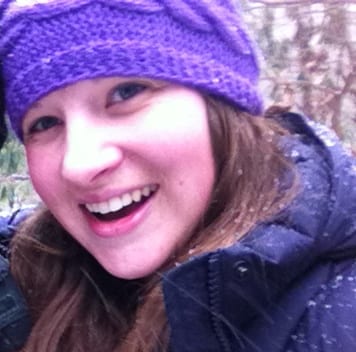 Anne Chesky Smith graduated from UGA with an MA in Anthropology in May 2016. She currently lives in Black Mountain, North Carolina, and works as the Executive Director of the Swannanoa Valley Museum. You can hear more from Anne or get in touch with her at annecheskysmith.wordpress.com. Anne Chesky Smith graduated from UGA with an MA in Anthropology in May 2016. She currently lives in Black Mountain, North Carolina, and works as the Executive Director of the Swannanoa Valley Museum. You can hear more from Anne or get in touch with her at annecheskysmith.wordpress.com. |
About the Author
- athenssciencecafehttps://athensscienceobserver.com/author/athenssciencecafe/April 17, 2020
- athenssciencecafehttps://athensscienceobserver.com/author/athenssciencecafe/April 12, 2020
- athenssciencecafehttps://athensscienceobserver.com/author/athenssciencecafe/April 3, 2020
- athenssciencecafehttps://athensscienceobserver.com/author/athenssciencecafe/March 30, 2020

